Artificial General Intelligence (AGI) represents the ultimate vision of AI, where machines can think, reason, and innovate at or beyond human levels. Yet, the world’s attention towards AI remains focused on Generative AI and advancements within LLMs. For those daring to look beyond the current paradigm, the question arises: Is the market’s hyperfocus on LLM development the pathway to AGI? Or is there more to the equation than scaling data and compute into pattern-recognizing models? We believe achieving AGI requires a more expansive approach, one that moves beyond the training data-bound nature of LLMs and into the realm of multi-paradigmatic architectures capable of embodying AGI’s full capabilities. In this article, we explore the origins of GenAI’s dominance, the defining features of AGI systems, and why multi-paradigmatic frameworks may hold the key to unlocking AGI.
Authors: Greysen Cacciatore, Research Associate | X | Linkedin | & Jasper De Maere, Head of Research | X | Linkedin
Bottom Line
- Generative AI is currently the front and center of AI development, but its inherent limitations raise doubts about whether it alone can lead to AGI.
- Multi-Paradigmatic AI, presents a compelling approach to AGI by integrating diverse AI paradigms into a unified system.
- Breakthroughs across Generative AI, Agentic AI, and Physical AI will likely accelerate AGI development by contributing to solutions in reasoning, adaptability, and real-world interactions.
Generative AI’s Rise to Dominance
Exhibit 1: Google Trends: GenAI Before & After ChatGPT Launch
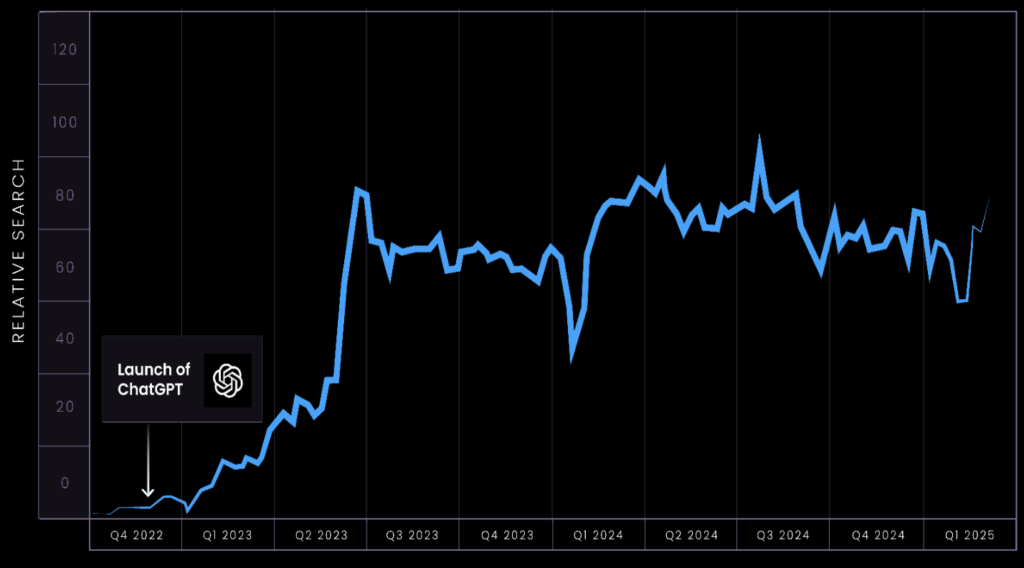
Exhibit 2: Investment in Generative AI 2022 vs. 2023
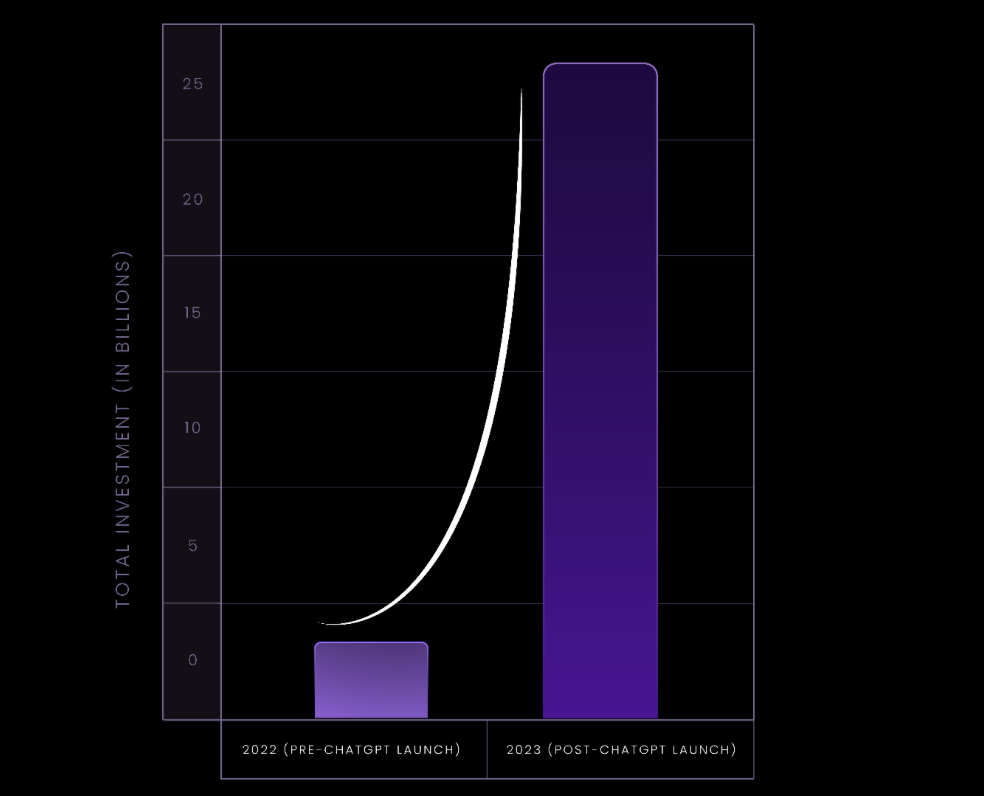
The market remains hyper focused on Generative AI (LLMs), often viewing it as the definitive pathway to AGI. The timing of ChatGPT’s launch on November 30, 2022 quickly onboarded over 100 million users and attracted billions in investment to the specific AI paradigm that is Generative AI. As shown in Exhibit 1, the launch of ChatGPT sparked a surge of interest in Generative AI, and Exhibit 2 highlights the surge in investments into Generative AI after ChatGPT was launched.
LLMs, as the first mainstream AI product, quickly established Generative AI as the dominant narrative for AI. Fast forward to 2025, and the race to dominate the Generative AI/LLM market shows no signs of slowing down, as evidenced by recent developments with DeepSeek. However, if a major breakthrough had occurred in other AI paradigms, such as symbolic AI or reinforcement learning, it is likely the market would have gravitated towards a different AI paradigm.
While the Generative AI/LLM race continues to accelerate, a deeper question remains in the background: How do the advancements within the Generative AI paradigm lead to the ultimate vision of AI that is artificial general intelligence (AGI)? We believe that while LLMs have demonstrated impressive capabilities in generalizing across the world’s knowledge, their training data-bound nature raises questions if they can independently achieve the advanced capabilities required for AGI systems.
The End State of AI: Artificial General Intelligence
Exhibit 3: Dr. I.J. Good’s Quote on Artificial General Intelligence (1960)
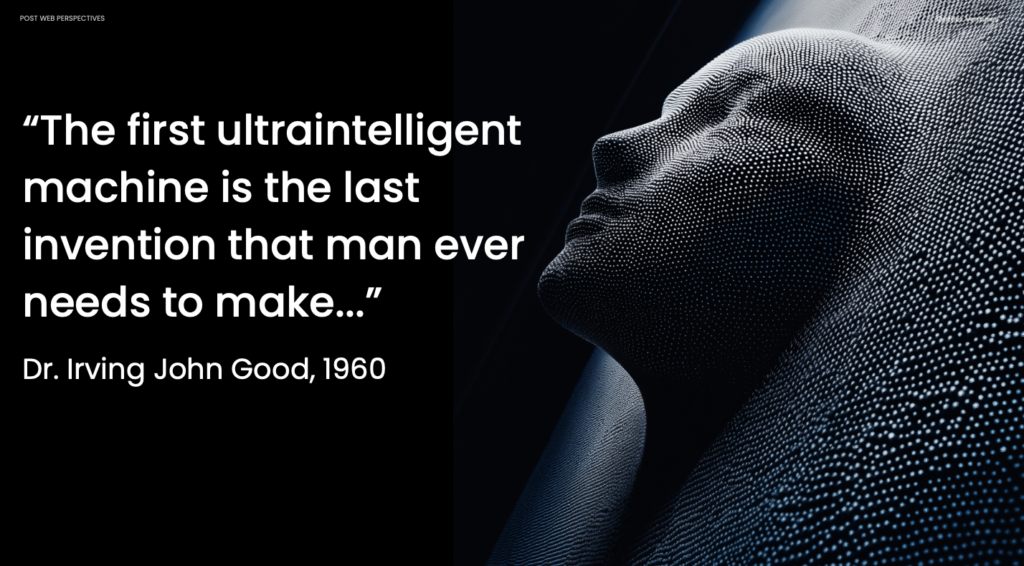
The exact definition of what constitutes AGI is still up for debate, but most agree it will encapsulate some form of intelligence that equals or supersedes that of humans. Mathematician Dr. Irving John Good famously stated, “The first ultraintelligent machine is the last invention that man ever needs to make,” encapsulating the potential of Artificial General Intelligence (AGI).
When analyzing AGI as a system capable of human-level intelligence, we highlight three key attributes that we believe are fundamental to AGI:
- Creativity: The ability to generate truly novel ideas and solutions that go beyond patterns encoded in training data.
Example: Inventing an entirely new genre of music. - Self-Adaptation: The capability to autonomously evolve, rewriting its own algorithms for continual improvement.
Example: Developing advanced versions of its own code. - Complex Problem-Solving & Reasoning: The ability to address multi-step challenges and problems with depth, precision, and versatility.
Example: Proposing a new law of physics.
While this may feel like science fiction, the invention of machines capable of thinking, evolving, and innovating alongside or beyond human intelligence is already in progress. In the next section, we explore one of the most promising pathways to achieving AGI: multi-paradigmatic AI.
Multi-Paradigmatic AI
Multi-Paradigmatic AI is an approach to AI system design that integrates multiple AI paradigms into a unified system. By leveraging the unique strengths of various approaches like neural networks, reinforcement learning, and symbolic AI, it creates systems with advanced capabilities across various modes of intelligence like reasoning, pattern recognition, and learning. Exhibit 4 illustrates six key paradigms in AI, outlining their specific strengths and weaknesses.
Exhibit 4: AI Paradigm Comparison
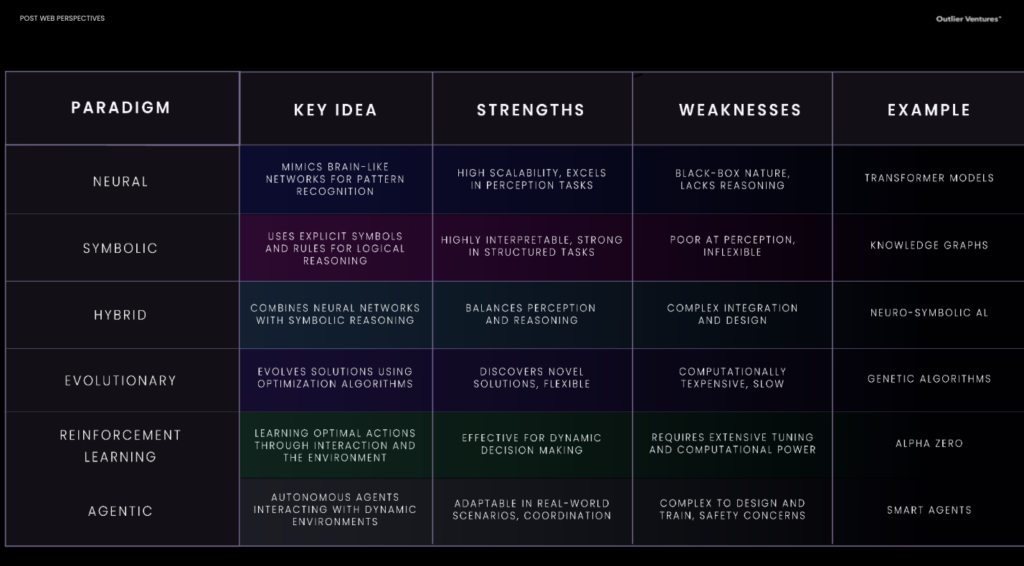
As outlined in Exhibit 4, each AI paradigm contributes unique strengths while facing distinct limitations. Neural networks excel at perception tasks, but they lack advanced reasoning capabilities. Symbolic AI, offers precision in logical reasoning, but struggles with flexibility. Evolutionary and reinforcement learning paradigms bring adaptability and decision-making capabilities, while agentic AI thrives in dynamic environments requiring coordination.
The diversity in strengths and weaknesses across paradigms highlight that none can individually address the complex demands of an AGI system. By integrating multiple paradigms into a unified system, AI architectures can emerge that have the ability to achieve complex, adaptive, and generalized intelligence required for AGI.
In this next section, we explore one of the most promising multi-paradigmatic approaches to AGI development – OpenCog Hyperon.
OpenCog Hyperon: A Multi-Paradigmatic Approach to AGI
One of the most advanced implementations of multi-paradigmatic AI is OpenCog Hyperon, developed by a diverse team of AI researchers and engineers, including Ben Goertzel, CEO of the Artificial Superintelligence Alliance. OpenCog Hyperon integrates multiple paradigms through its innovative Atomspace architecture and MeTTa, a novel programming language designed specifically for AGI.
Exhibit 5: Sample Diagram of OpenCog Hyperon’s Atomspace Architecture
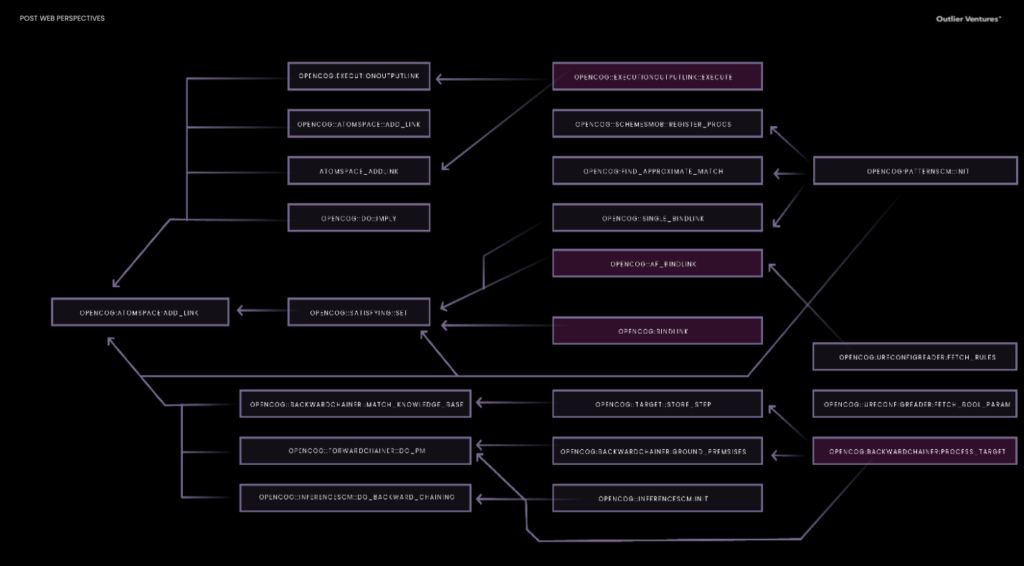
Atomspace, as seen in Exhibit 5, is the central knowledge system of OpenCog Hyperon. It is a metagraph-based structure, designed to store and process information in a flexible, interconnected way. Atomspace organizes data as nodes and links, representing complex relationships. It integrates symbolic reasoning (logical reasoning), neural networks (pattern recognition), and evolutionary approaches (flexibility) into a unified framework. This design enables smooth transitions, using neural network insights to enhance symbolic reasoning, enabling dynamic reasoning, learning, and adaptation.
MeTTa is the AGI-specific programming language of the OpenCog Hyperon system. Unlike static programming languages, it allows Hyperon to represent and reason about its own knowledge, adapting and evolving in real time. MeTTa facilitates reflective self-modification, where the system rewrites its own rules and algorithms to meet new challenges. Integrated with Atomspace, MeTTa enables dynamic learning, problem-solving, and adaptability.
By integrating these components into a unified system, OpenCog Hyperon represents a real-world example of a multi-paradigmatic AI approach to AGI development. For those interested in learning more about OpenCog Hyperon, visit https://hyperon.opencog.org/
Forward Looking: Multiple Revolutions Ahead
We believe that before AGI is achieved, two major AI revolutions will occur: Agentic AI (Agents) and Physical AI (Robotics).
Exhibit 6: The Revolutions of AI

As NVIDIA CEO Jensen Huang recently outlined in his CES 2025 Keynote, the revolutions of Agentic AI and Physical AI are on the brink of becoming the next two mainstream AI revolutions. We expect breakthroughs in Agentic AI and Physical AI to indirectly contribute to AGI development, as robotics pave the way for AI systems interacting in the real world and as agentic systems drive transformation in the virtual world. Looking beyond that and into AGI, we believe multi-paradigmatic approaches to AGI development, like OpenCog Hyperon, will win out as they continue unlocking innovations around AGI capabilities such as creativity, self-modification, and complex problem-solving.
Everything Post Web at Your Fingertips
Stay ahead at PostWeb.io to access our latest Post Web thesis, audio documentary episodes, our newly launched accelerator program, and much more.
Join The Post Web Accelerator
Learn more about our Post Web Accelerator program designed for ambitious founders ready to build what lies beyond Web3.





